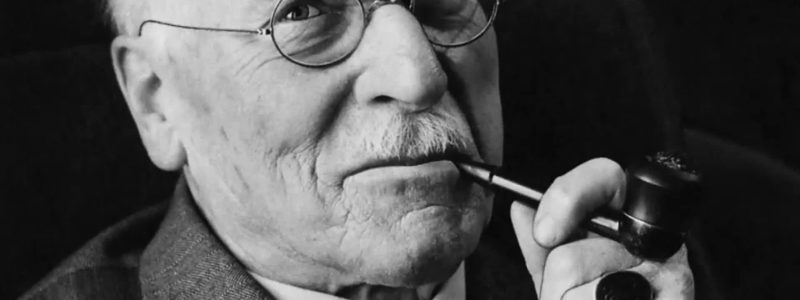A Very Quick Induction to Jungian Analysis

What did Jung believe?
Jung, unlike Freud, says that motivation is not primarily sexual. Rather, it is based on ‘personal unconscious’ and ‘collective unconscious’, symbolised by archetypes.
What are Jungian achetypes?
Archetypes are generalised sets of ideas of experience that applies to all humans. They are represented by characters such as the mother, the hero, and the child. There are twelve Jungian archetypes in all.
What is Jungian psychoanayltic therapy?
The Jungian therapist helps the client to explore the parts of self that are not allowed into conscious awareness. This type of therapist believes human development is not restricted to childhood but is something that occurs throughout life (what Jung called ‘individuation’). The therapist uses ideas about the ‘shadow’ (the animal aspects of humans) to enable clients to understand the aspects of their personality that will need to be worked with. This therapy values the unconscious and works with word associations, dreams and fantasy. Jung was influenced by many ideas from the Judeo-Christian religion and spirituality.
The purpose of the therapy is to free the individual from the internal world and relate better in the external world and flourish. For example, when a client needs to break a vicious cycle where he or she views kindness, love and generosity as tricks and traps, this keeps them in an emotionally deprived place and leads to paranoia. The therapist will help the client to recognise these maladaptive patterns and then change them into healthy ones.
This works well with adults. This is long-term therapy. The therapist will need to have had a first-hand experience of analysis to be of service to the client.
Learn more about Carl Jung
Jung was a psychiatrist from Switzerland who made his contributions to psychoanalytic theory mainly starting in 1912 until his death in 1961. He was influenced by, and collaborated with, his older contemporary Sigmund Freud, but they could not reconcile their differing views, leading to two distinct theories and practices of psychoanalysis.
You can read more about Jung at The Jung Page.


